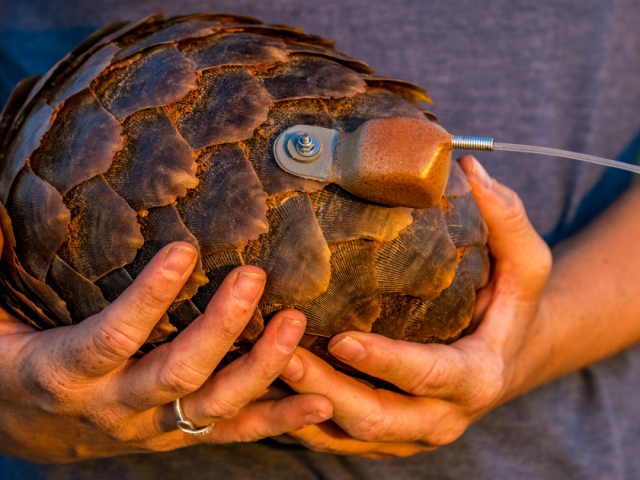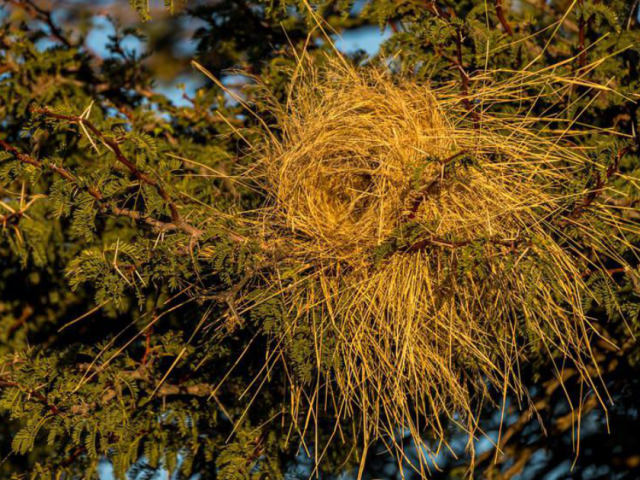BY Deborah Vorhies and Francis Vorhies
OGRC partner initiative, the African Wildlife Economy Institute, reflects on the potential of wildlife economies to transform, enhance, and maintain landscapes in Africa and elsewhere that deliver biodiversity conservation, climate resilience, inclusive economic opportunities, and community well-being.
The theme of World Wildlife Day which falls this year on 3 March is “Recovering key species for ecosystem restoration”. The United Nations states on its official World Wildlife Day website that in light of the reliance on wildlife and biodiversity-based resources by people across the planet, the aim this year is to “drive the debate towards the imperative need to reverse the fate of the most critically endangered species”. The goal is to support the restoration of habitats and ecosystems and to promote the sustainable use of the resources by humanity.
This is an ambitious target: Increasing the populations of endangered species, restoring their habitats, and at the same time promoting the sustainable use of these species. Is this all possible? Doesn’t the promotion of the use of a species threaten its conservation? And would it not be more effective to ban the use of endangered species rather than promoting their use even with an aim to make this use sustainable?
Why is the UN promoting species use for the conservation of species? The mission statement for the World Wildlife Day notes that people everywhere already rely on these resources to meet their needs, “from food, to fuel, medicines, housing, and clothing. Millions of people also rely on nature as the source of their livelihoods and economic opportunities.”
The reality is that we already use wildlife and the imperative is to ensure this use is sustainable, i.e. that the use should not be detrimental to the survival of the species.
A second reason is embedded in the UN call to support the restoration of wildlife habitats. Landscape restoration for wildlife involves converting current land use — e.g. land used for crop farming or livestock — to natural habitat where wildlife populations can thrive. For this conversion to be sustainable, it must support local livelihoods and generate inclusive economic opportunities for the landowner and land users — whether those users are communities, public sector authorities, companies, or individuals.
Aligning landscape restoration with the sustainable use of wild resources provides an economic incentive for land users and owners to restore habitats. By enabling the landscape to meet the needs of people with its wild resources, we enhance the conservation status of wildlife and their habitats. This is the wildlife economy.
The wildlife economy has the potential to transform, enhance, and maintain landscapes in Africa and elsewhere that deliver biodiversity conservation, climate resilience, inclusive economic opportunities, and community well-being. This potential is why the UN is promoting the sustainable use of endangered species — the use of wild species aligns conservation with development at the landscape level.
The growth of private and community wildlife ranching in countries like Namibia, South Africa, and Zambia demonstrates the potential for restoring habitats and recovering key species through the promotion of sustainable use. Cases of private ownership and use of endangered species leading to their recovery include the Cape mountain zebra, the bontebok, and the blesbok.
The South African government highlights its successes in this area by pointing to the increase in the economic utilisation of various species that has been undertaken since the 1980s in an effort to safeguard them. It argues that a positive has been that species involved have invariably become strongly established over the years. Examples it offers are “the sale and re-establishment of elephant, rhino and crocodile, the stringently controlled trophy hunting industry and the propagation of cycads. In addition, there is the almost century-old ostrich industry in South Africa.”
Since the 1980s, there has been a massive expansion of the wildlife ranching sector in the country, helping to restore tens of thousands of hectares of arid and semi-arid landscape and enabling a large expansion in wildlife populations including endangered species. The economy of this sector is diversified offering a variety of wildlife-based products including wildlife viewing, hunting, fishing, wild meat and hides, and medicinal plants. This experience demonstrates how a wildlife economy based on sustainable use can conserve wildlife and habitats.
There is, however, considerable work needed to develop an inclusive and sustainable wildlife economy not only in southern Africa, but across the continent. Policies and regulatory frameworks are needed to enable landowners to restore landscapes and utilise wild resources that also ensure inclusive livelihood opportunities and responsible wildlife management.
All players in the conservation field should support efforts to enhance the enabling environment for the wildlife economy across the continent. In so doing, they will be contributing to the UN’s commitment to promoting sustainable use as clearly stated in its Sustainable Development Goal 15: “Protect, restore and promote sustainable use of terrestrial ecosystems, sustainably manage forests, combat desertification, halt and reverse land degradation and halt biodiversity loss.”
Additional News
Pangolins are elusive and heavily trafficked. At Tswalu, researchers are working to uncover their secrets and aid conservation.
Declining Sparrow-Weavers may threaten other birds that rely on their old nests for shelter.





